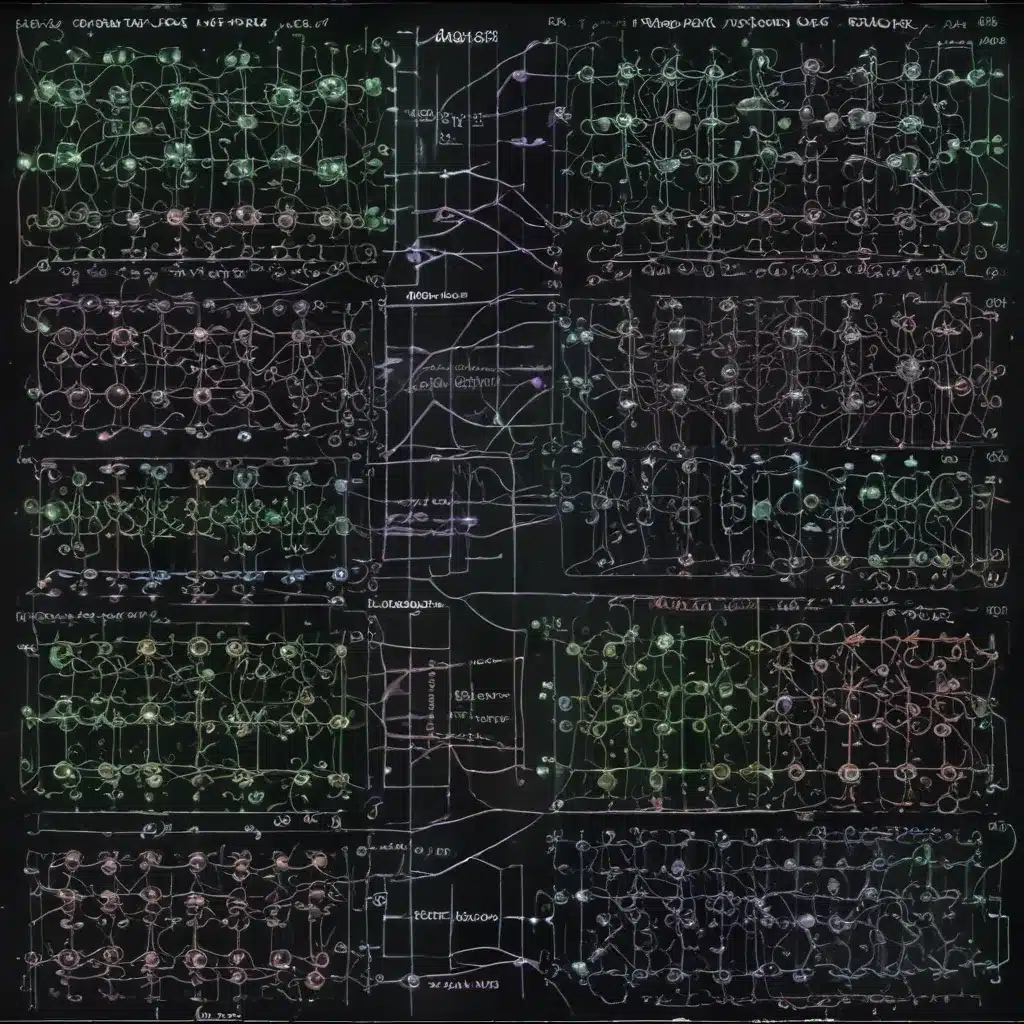
Exploring the Power of Multi-Modal Imaging and Deep Learning
In the ever-evolving world of precision agriculture, the ability to accurately classify the ripeness of avocados is a critical challenge faced by growers, distributors, and retailers. Traditional methods often fall short, leading to inconsistent quality, increased waste, and diminished consumer satisfaction. However, a groundbreaking solution has emerged, harnessing the cutting-edge capabilities of multi-channel hybrid deep neural networks (MCHDNN) to revolutionize the way we approach avocado ripeness classification.
The Importance of Precise Avocado Ripeness Determination
Avocados are a highly versatile and nutritious fruit, boasting a wide range of culinary applications and health benefits. Ensuring the optimal ripeness of avocados is crucial for several reasons:
-
Quality Assurance: Accurately identifying the right stage of ripeness is essential for maintaining the fruit’s desirable texture, flavor, and nutritional value, meeting the high expectations of discerning consumers.
-
Reduce Waste: Misclassifying avocado ripeness can lead to premature spoilage or an overripe state, resulting in significant food waste and financial losses throughout the supply chain.
-
Enhanced Marketability: Properly classified avocados can be strategically distributed and marketed to maximize their appeal and value, ensuring a more efficient and profitable operation.
The Limitations of Traditional Avocado Ripeness Assessment
Traditionally, avocado ripeness has been determined through a combination of visual inspection, manual handling, and subjective assessments. These methods, while commonly used, are inherently prone to inconsistencies, human error, and a lack of scalability. As the demand for avocados continues to grow, the need for a more reliable and automated solution has become increasingly evident.
Introducing the Multi-Channel Hybrid Deep Neural Network (MCHDNN) Approach
To address the shortcomings of traditional avocado ripeness classification, researchers have developed a groundbreaking solution: the Multi-Channel Hybrid Deep Neural Network (MCHDNN) model. This innovative approach leverages the power of deep learning and multi-modal imaging to achieve unprecedented accuracy and efficiency in ripeness classification.
The MCHDNN Architecture
The MCHDNN model combines two renowned deep learning architectures: Visual Geometry Group 16 (VGG16) and EfficientNetB0. By integrating the strengths of these models, the MCHDNN approach is able to extract and concatenate diverse visual features from the avocado images, enabling more comprehensive and accurate classification.
The key components of the MCHDNN architecture include:
-
Multi-Channel Input: The MCHDNN model takes advantage of a unique multi-channel input, capturing avocado images from six different perspectives: front, back, left, right, bottom, and pedicel. This comprehensive visual data provides the neural network with a more holistic understanding of the avocado’s characteristics, enhancing the classification accuracy.
-
Early Fusion-Based Concatenation: The visual features extracted by the VGG16 and EfficientNetB0 architectures are concatenated in an early fusion-based approach. This allows the model to leverage the complementary strengths of both networks, resulting in a more robust and precise classification.
-
Fine-Tuning and Optimization: The MCHDNN model is meticulously fine-tuned and optimized for the specific task of avocado ripeness classification, ensuring that the network is tailored to the unique characteristics and nuances of the avocado fruit.
Impressive Results and Outperformance
The performance of the MCHDNN model has been thoroughly evaluated, and the results are truly impressive. In the training phase, the model achieved an accuracy of 94.10%, while in the validation and testing phases, it reached 90.13% and 90.18% accuracy, respectively.
Notably, the MCHDNN model outperformed its single-channel counterparts, demonstrating the power of the multi-modal approach. Compared to the fine-tuned VGG16 and EfficientNetB0 models, the MCHDNN achieved an accuracy improvement of 7.70% and 7.77%, respectively.
The confusion matrix analysis further highlighted the strengths of the MCHDNN model, with the ‘ripe’ class achieving the highest accuracy of 94.58%, closely followed by the ‘firm’ and ‘rotten’ classes at 94.50% and 93.75% accuracy, respectively.
Practical Applications and Future Prospects
The successful implementation of the MCHDNN model for avocado ripeness classification has far-reaching implications across the agricultural and food industries. Some key practical applications and future prospects include:
-
Automated Quality Control: The MCHDNN model can be seamlessly integrated into automated sorting and grading systems, enabling efficient and consistent classification of avocados throughout the supply chain.
-
Optimized Inventory Management: By accurately predicting avocado ripeness, distributors and retailers can better manage their inventory, reducing waste and ensuring a steady supply of high-quality fruit for consumers.
-
Enhanced Consumer Experience: Reliable ripeness classification can help consumers make informed purchasing decisions, leading to increased satisfaction and loyalty.
-
Adaptability to Other Produce: The MCHDNN approach can be potentially extended to the classification of other fruits and vegetables, revolutionizing the way we assess produce quality and maturity.
Conclusion: Embracing the Future of Avocado Ripeness Classification
The utilization of Multi-Channel Hybrid Deep Neural Networks represents a groundbreaking advancement in the field of avocado ripeness classification. By combining the power of multi-modal imaging and cutting-edge deep learning algorithms, the MCHDNN model has demonstrated its ability to provide unparalleled accuracy and efficiency, transforming the way we approach this critical agricultural challenge.
As the demand for high-quality avocados continues to grow, the MCHDNN technology offers a promising solution that can drive significant improvements throughout the supply chain, from production to consumption. By embracing this innovative approach, the industry can unlock new levels of quality assurance, waste reduction, and consumer satisfaction, paving the way for a more sustainable and prosperous future in the world of avocado cultivation and distribution.
To learn more about the latest developments in IT solutions and computer repair, be sure to visit IT Fix, where our team of experts is dedicated to providing practical insights and cutting-edge technology news.












